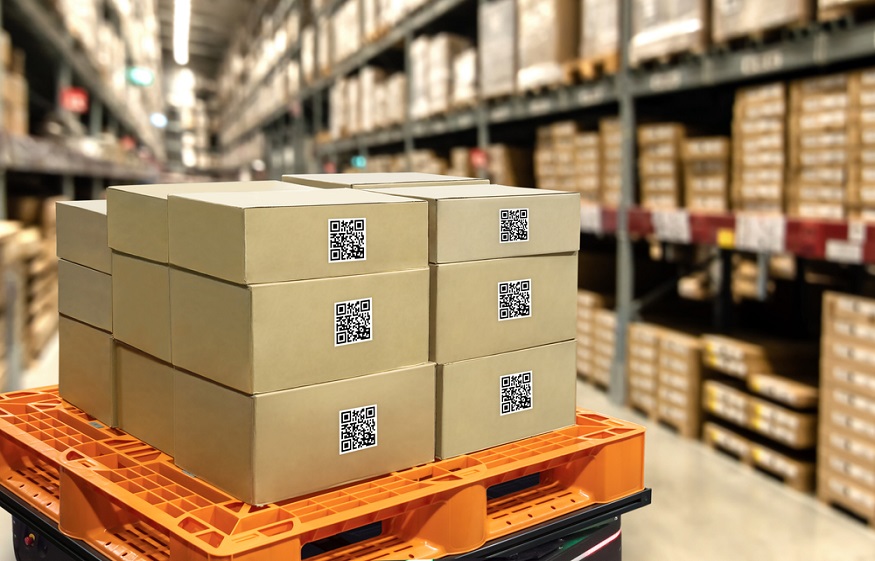Take a drive through the section of town where your local auto dealers tend to congregate. You will see half-empty lots with cars spaced out to make it look like there is sufficient inventory. But there isn’t. And it’s not just the auto industry. The current supply chain crisis is hitting everything from department stores to tourist traps. Will it be over by the end of 2022?

Some experts are speculating that the crisis will continue for the foreseeable future. They say that until international politics change, disruptions to the supply chain are inevitable. Others say that it is already beginning to ease. They contend that the crisis will be a thing of the past by the end of 2022. Who is right and who is wrong?
Signs That It May Continue
A supply chain crisis that continues for the next 4 to 5 years seems like the worst possible scenario. Is it realistic? Perhaps. There are some signs suggesting it might actually happen. For starters, countries with the strongest economies seem reluctant to attack inflation by raising interest rates.
Higher interest rates would slow down spending. Both businesses and individuals would be less reluctant to take on sizable amounts of debt because higher interest rates increase the cost of borrowing. Likewise, decreased spending would slow down inflation. Unfortunately, it would also limit business growth.
Other signs that the supply chain crisis will continue include:
Complex Trade Rules
Few countries have seized on the coronavirus crisis as motivation to reduce trade regulations. If anything, they are doubling down. Companies like Ohio-based Vigilant Global Trade Services are busier than ever before, assisting clients as they seek to maintain a complex web of trade rules and regulations.
Reduced Chinese Manufacturing
Chinese manufacturing took a big hit during coronavirus shutdowns. Things still aren’t fully up to speed. In addition, China is attempting to transition away from coal. Moving to other energy sources has slowed down manufacturing even more. Until they ramp things back up, there will be supply chain issues.
Signs That It Will End
Despite inflation, trade rules, and Chinese manufacturing woes, there are signs that the supply chain crisis could already be winding down. Right off the bat, double shipping rates have seemingly peaked. According to a New York Magazine Intelligencer report, rates have been steadily declining for about eight weeks. That can only mean that there are more ships in the water and more containers on those ships.
Other signs that the supply chain crisis is starting to ease include:
Fewer Port Delays
For a good portion of the summer and fall, U.S. ports were backlogged with dozens of ships anchored off the coast. Those backlogs are starting to ease. More ships are docking and being unloaded on a daily basis. Finding trucks to transport goods is still a challenge, but the long lines of stockpiled shipping containers seem to be dwindling.
New Car Manufacturing
Car manufacturers forced to shutter their plants earlier in 2021 are now starting to kick back into gear. The semiconductor shortage that stopped production is starting to ease, and new cars are now coming off the assembly lines again. Intelligencer reports that U.S. manufacturers increased output by some 11% in October 2021, reaching their highest production levels in more than two years.
The supply chain crisis is by no means over. And yes, it could still go either way. There are signs suggesting it may be protracted for a few more years. Other signs say it could be over by the end of 2022. Here’s hoping for the latter.





